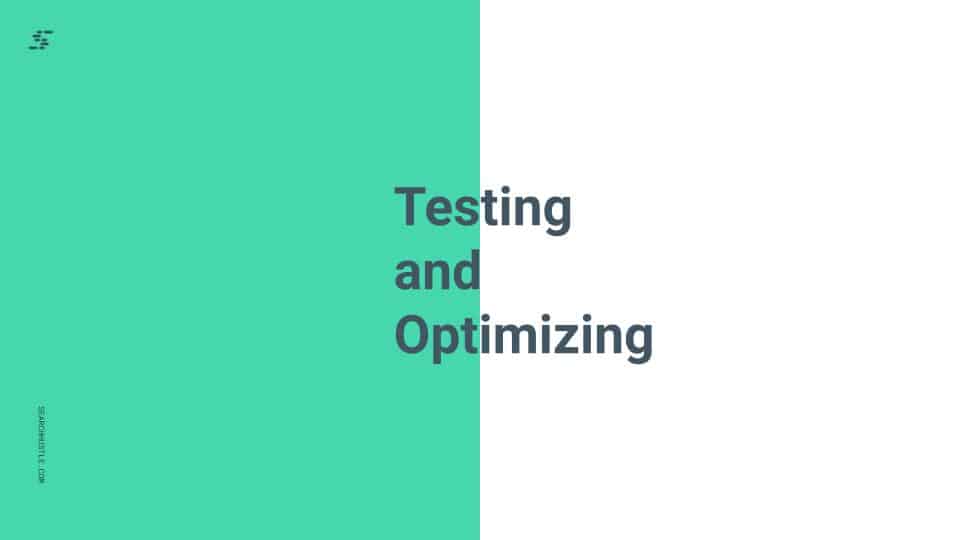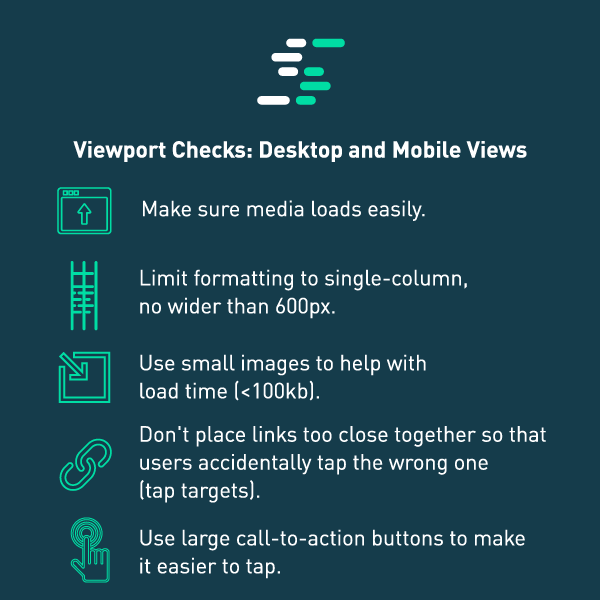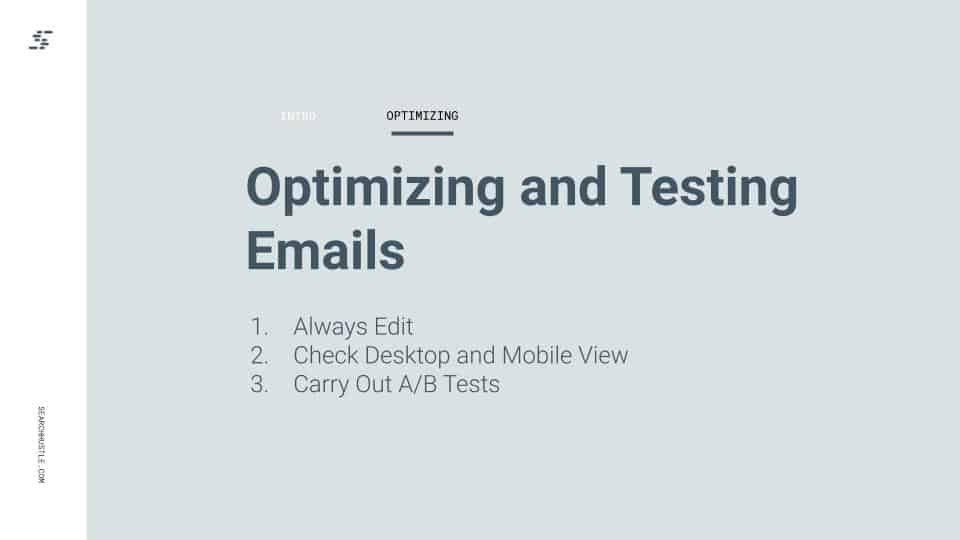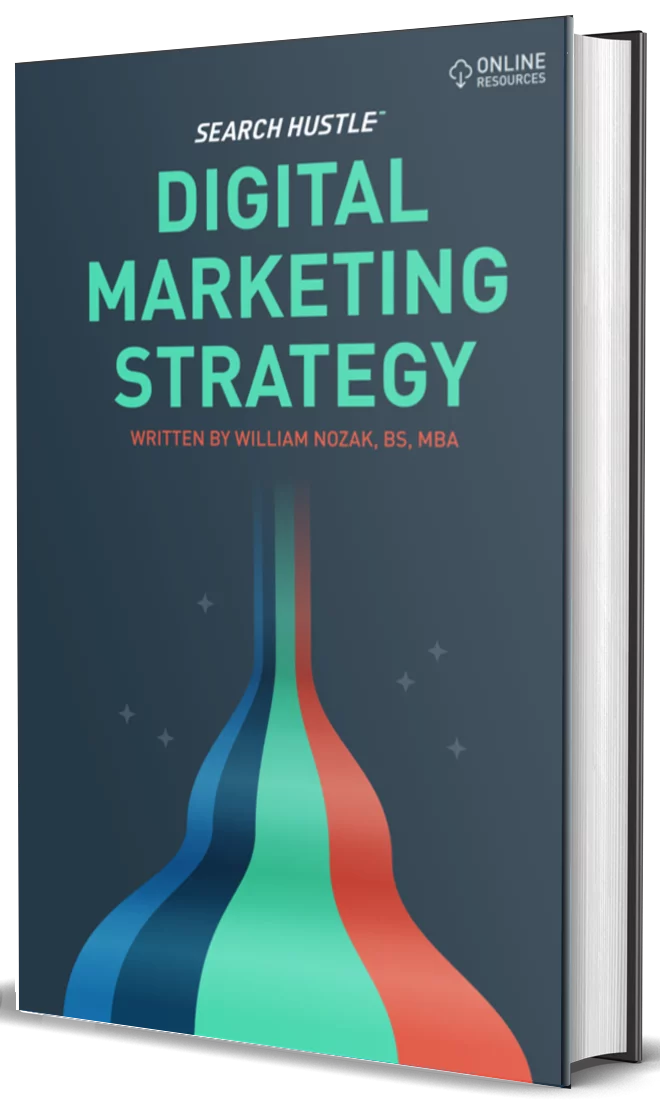Testing and Optimizing
Always test the email before sending it out to the subscribers. It’s easy for small mistakes to slip through and these can harm the brand image and tick off the client or your boss. After all, customers won’t take the brand as seriously or find it reliable if there are glaring typos in the subject line.

Make Sure Emails Are Edited and Proofread
Before any emails are officially sent out, have the copy proofread by multiple people. Typos and misspelled words can make a brand appear unprofessional or sloppy. If the reader is too focused on decoding nonsensical copy, the intended result (increased sales, brand awareness growth, etc.) will be lost.
Also, keep a keen eye out for forgotten or incorrect links. One minor typo or mistake can break an entire link or send people to the wrong site/page. Always check that the correct email list is selected to avoid sending it to the wrong audience segment.
Never use draft emails as a space to make tasteless jokes or play pranks. Large corporate brands like Kate Spade, for instance, have had to apologize after emails never designed for the public to see were sent to their entire distribution list.

Viewport Checks: Desktop and Mobile Views
Sometimes emails appear differently in the preview versus the official version for desktop or mobile. Double-check all versions to prevent email formatting mistakes.
Emails should be able to be easily read on mobile. After all, about 62% of email opens occur on mobile devices. Therefore, the copy MUST be optimized for mobile devices to have a successful email marketing campaign.
Make sure media loads easily:
● Limit formatting to single-column, no wider than 600px
● Use small images to help with load time (<100kb)
● Don’t place links too close together so that users accidentally tap the wrong one (tap targets)
● Use large call-to-action buttons to make it easier to tap

Perform A/B tests
Unsure of which subject line to use? Don’t know the best day and time to send the email? This is where A/B testing helps.
Running an A/B test helps you discover which version of the email accomplishes the goal best. To do an A/B test, first establish the objective. This objective could be opens, conversions, or even click-through rates.
Timing also plays a large factor in an email interaction. According to a study conducted by Optinmonster, it was deemed that Tuesdays have the best open and click-through rates for emails. However, it can vary by industry, so use your first-party data once these stats become available. You might find your target audience is different.

Ready to Take Your Search Hustle Further?



